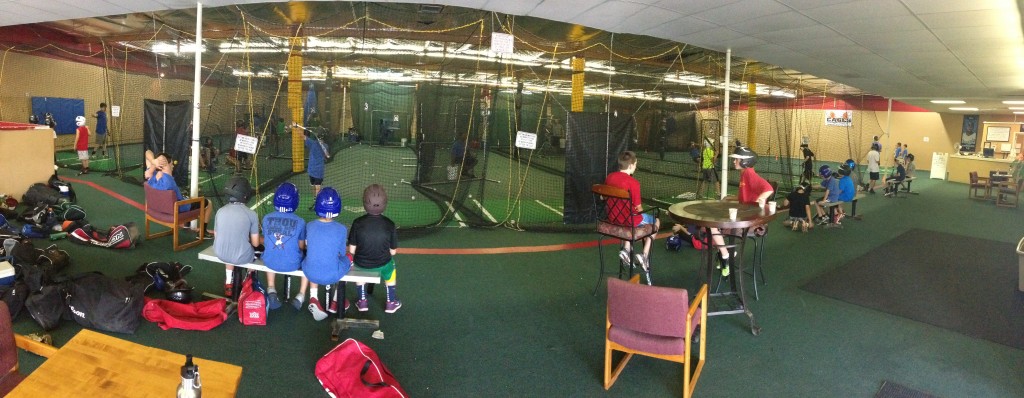Play Anywhere
There are nine positions on a baseball field. More importantly, there are nine opportunities to get on the field. As a Little Leaguer, certain players become fixated with playing one position. If you ask a 9-year-old what positions do they play, their answer is:
“I play third base and first base.”
“I pitch and I play shortstop.”
These answers are fine and there is nothing wrong with understanding what strengths you might have defensively as a baseball player. But remember, if you play only one or two positions, you are limiting your opportunity.

Learn to be a Versatile Baseball Player & you will Play more often!
As a young player, be willing to play anywhere. Be excited about playing anywhere. Try catching, try playing in the outfield. Be willing to learn a new position.
As you grow up and the competition increases, you will see the shortstop from little league or Cal Ripken ball playing in the outfield or catching.
I recently had a conversation with a high school senior who will play college baseball in the fall, and we were discussing his varsity team and where the players used to play. We realized that we had six little league shortstops that did not play shortstop in high school.
He said “It is weird how baseball changes your perception and your thoughts you had before.”
Coaches love players who are willing and capable of playing multiple positions. It increases the team and individual’s chances of being successful.
This does not end as a youth baseball player. You will be asked to change positions multiple times in your career. It will increase in high school and college.
When I was with the New York Yankees, I played 1st base and 3rd base for the first time since I was 14-years-old.
Never, ever limit yourself at a young age. This game will teach you so much, and one of those lessons is to accept change. The quicker you accept and embrace change, the more chances you will have to be on the field.
The ancient Greek philosopher Heraclitus said it best, “The only constant is change.”
Until Next Time,
Chad
